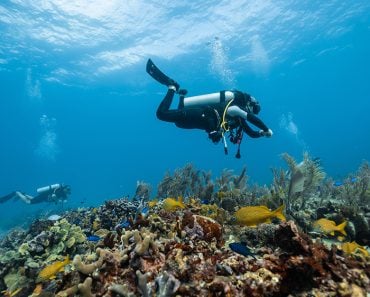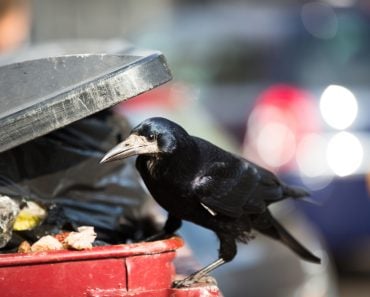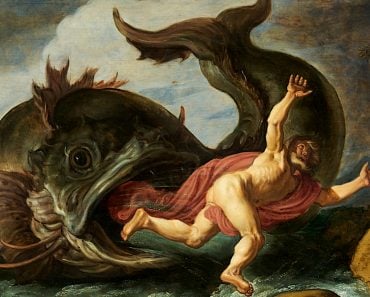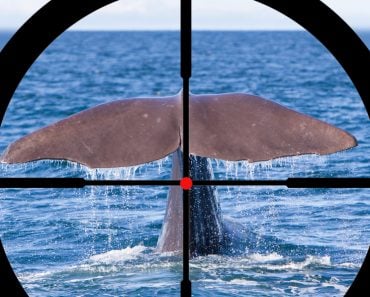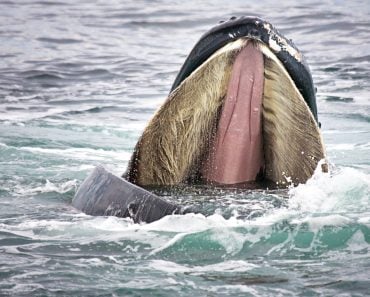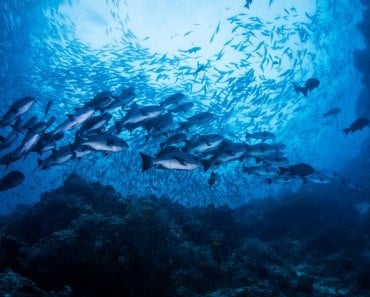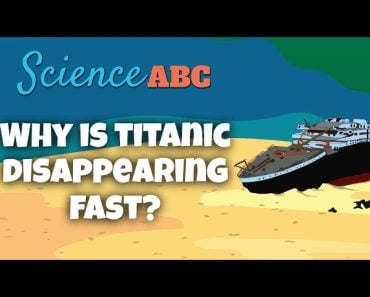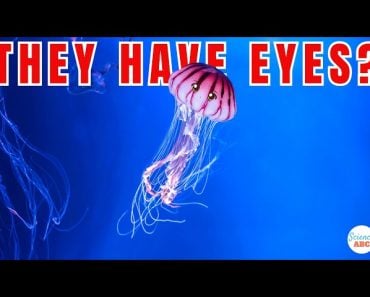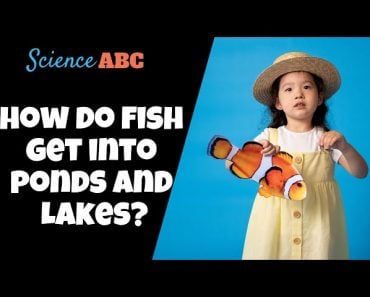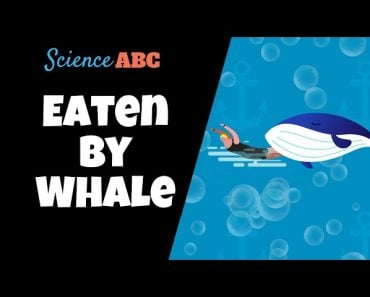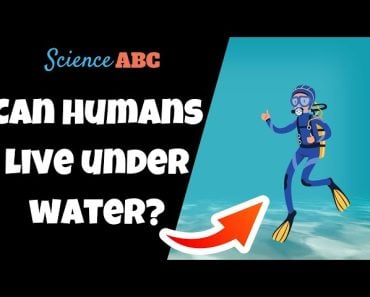Table of Contents (click to expand)
The marine food chain is very efficient, so fish and other marine life dying of old age doesn’t happen all that often. Yet, it does occur, particularly in isolated parts of the marine world, such as the dark depths of the ocean, where carnivores are less adapted or able to find potential prey. Also, in the case of larger carnivores, if you don’t have a dominant predator, you may be able to reach old age without anything being able to kill you.
The unfortunate and unavoidable fact of life is that it will eventually end. From the brief, 1-day lifespan of a mayfly to ocean quahogs (a type of clam) that can live for more than 500 years, death is an eventuality that all living organisms must face. Most people have experienced some form of death in their lives, whether it is the loss of a beloved family pet or the tragic loss of a family member or friend. On land, we also see roadkill on the sides of highways and smashed insects on our windshields.
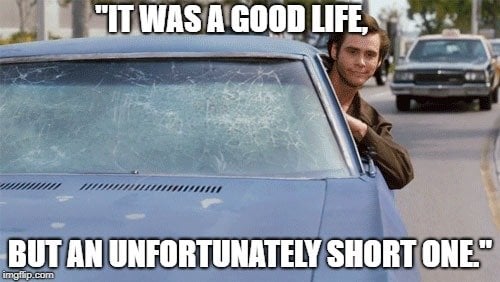
However, when it comes to marine life, it is far more rare to see a deceased fish or seal on our commute to work. Unless you’re a marine biologist, you probably have some guesses as to what happens when a marine animal dies, but you might not know for sure. For all those curious about the fate of sea life once their number comes up, perhaps we should take a closer look. Before we can understand what happens to a marine creature when they die, perhaps we should look at the basic food chain that exists in the ocean.
Recommended Video for you:
The Food Chain Of The Ocean
Just like on land, there is a complex food chain in the planet’s oceans that sustains life from the depths of the deepest seas to the shallowest rivers and lakes. As most of you probably understand, a food chain helps to explain what organisms consume in order to survive.
At the very bottom of the food chain is the decomposers, also known as detritivores, which include aquatic bacteria, water mold and some species of shrimp, which function as primary decomposers.
Above this level is the primary producers, such as phytoplankton, marine algae, diatoms, seaweed and other unicellular life. The next step up include creatures like krill and small shrimp-like creatures, often known as zooplankton, as well as clams and certain crab species. This level of organisms consume the primary producers, and are the first herbivorous “consumers” in the chain.
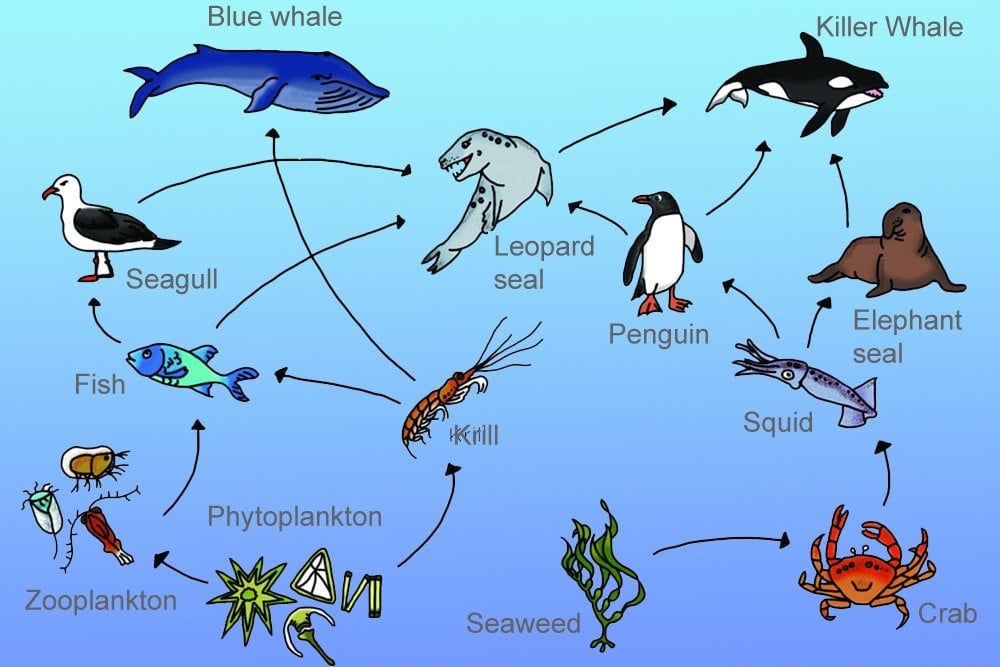
Above the zooplankton comes the first carnivorous step of the food chain, consisting of fish larvae, juvenile fish, jellyfish, crustaceans and sea stars. Some of the fish in this level also consume plankton, making them herbivorous. Second-level carnivorous consumers come next, which include larger, adult fish, some of whom will eat other fish, i.e., tuna. The next level up includes the more dominant carnivores, such as squid, which also display higher levels of intelligence than the lower levels of the food chain.
Finally, we reach the top carnivores, which include sharks, dolphins, seals and albatross. Yes, bird species factor into the food chain of the ocean, considering the birds can swoop down and literally take the animals out of the chain! Now, while there is some crossing over between the various levels, i.e., some of the top carnivores feed on other top carnivores (sharks eat seals), this is the general structure of how energy passes through the classifications of life in the ocean.
Not All Ecosystems Are Created Equal
Now that you understand the various levels of life and widespread consumption within the ocean, the answer to the question posed by this article may seem quite simple. Does every creature in the ocean simply get eaten by something else?
The answer to that is “No”, but not by much. The marine food chain is very efficient, so fish and other marine life dying of old age doesn’t happen all that often. Yet, it does occur, particularly in isolated parts of the marine world, such as the dark depths of the ocean, where carnivores are less adapted or able to find potential prey. Also, in the case of larger carnivores, if you don’t have a dominant predator, you may be able to reach old age without anything being able to kill you. This is particularly true in the case of whales.
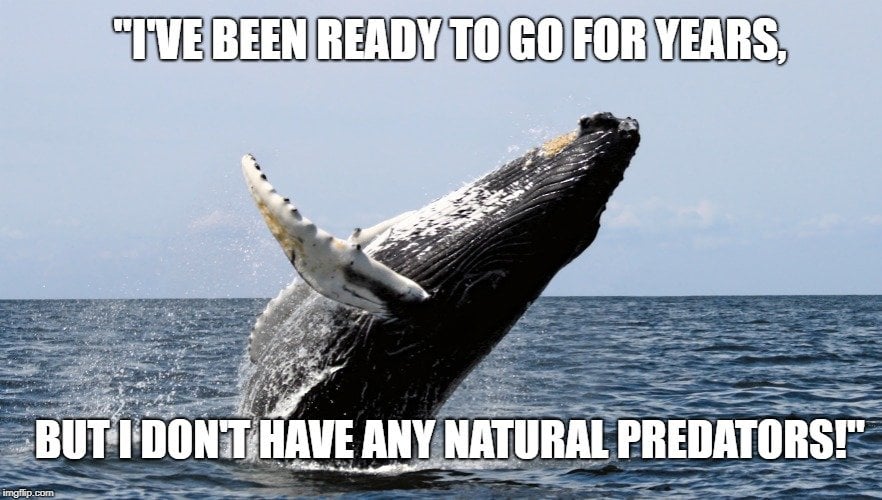
As this subheading suggests, the location/ecosystem will have a notable impact on whether an organism is eaten or simply dies. The life expectancy of a fish in a densely populated coral reef may be quite different than a fish swimming in a school in the open ocean. A whale, seal or shark that dies near a coastline, or within a powerful current, will have a very different fate than one who perishes in the middle of “nowhere”.
Whale Death In The Water
Let’s consider the example of a sperm whale that has died of natural causes hundreds of miles from the nearest coastline. Initially, the whale will experience the same processes as any other animal. It will float for a time, until the gases in the body escape, at which point it will begin to sink. However, decomposition processes within the body will release additional gases, so the whale might return to the surface until those gases escape. This process could take days or weeks, which could provide other predators and scavengers with an easy meal.
Next, the whale will sink to the ocean floor, and may be nibbled on along the way, or even pick up some scavenging hagfish or lampreys that will travel with it to its final resting place. When a whale carcass reaches the ocean floor, it is referred to as a “whale fall”. At this point, the feasting can begin. Within hours, hungry creatures will appear, including crabs, eyeless shrimp and even some sharks. A single whale carcass can support dozens of different species, and thousands of unique organisms – sometimes for months!
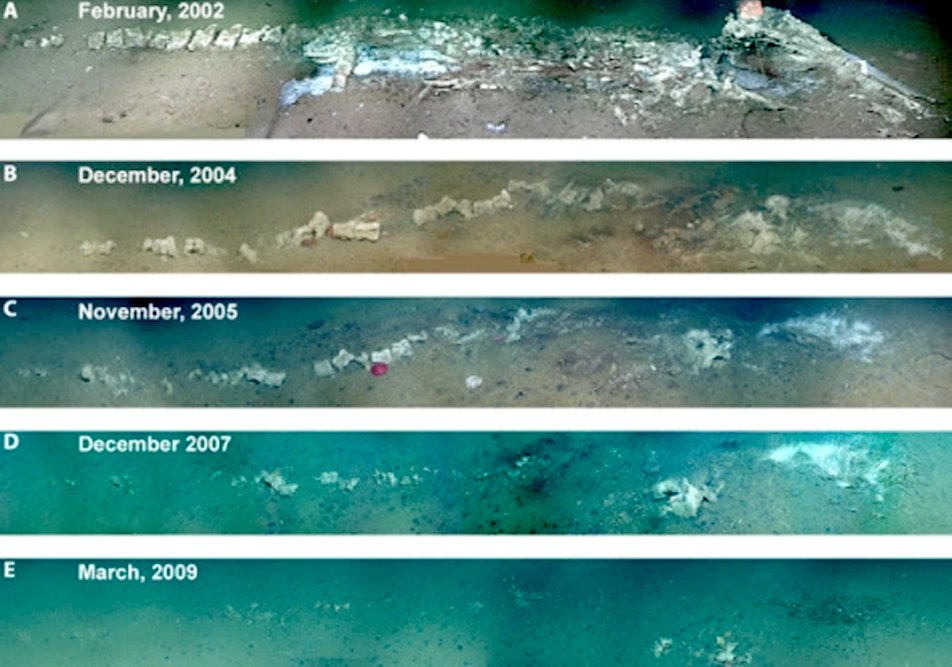
The first state, in which 90-95% of the tissue is stripped away, can finish within a few months. This is followed by a stage in which crustaceans and worms begin to live on or in the carcass, living off the biofilms and bacteria that other consumers may leave behind, creating their own ecosystem within the bones.
Bacteria will eventually take up residence within the bones and begin to produce hydrogen sulfide, which can support chemoautotrophic colonies of organisms, such as other bacteria and Archaea. This is similar to other primary-producer colonies found around deep-sea vents. Clams and other mollusks that can utilize these types of bacteria to produce their own food may also appear. Eventually, there will be nothing left but the nutrient-dense space where the whale had once lain, but those nutrients can be sucked from the ocean floor for decades to come.
What About Other Marine Creatures?
As mentioned, the ocean can be a brutal place, and smaller organisms that die and begin their long sink to the bottom will likely be consumed or snatched up by predators or scavengers before they even hit the floor. However, those that do will either undergo normal decomposition processes, aided by bacteria, such as what happens when a terrestrial animal dies on the forest floor, or the animal may be encased in some material that preserves their flesh and bones (fossilizing).
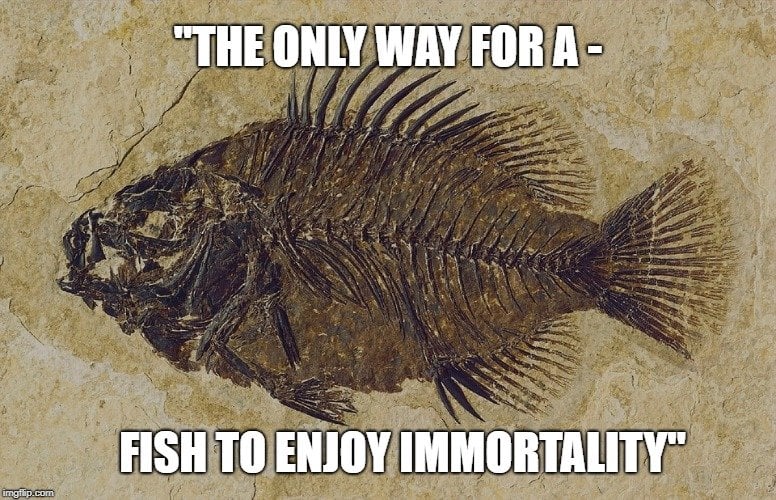
If a fish dies in a coral reef, or in a densely populated coastal region, it will likely be consumed and utilized by other marine creatures in a matter of days, if not sooner. The ocean can be a brutal place, but it is also highly efficient. When one life is lost, it will almost always help to support dozens – or hundreds! – of other organisms, keeping the energy and nutrients of the food chain intact and usable for the future!


